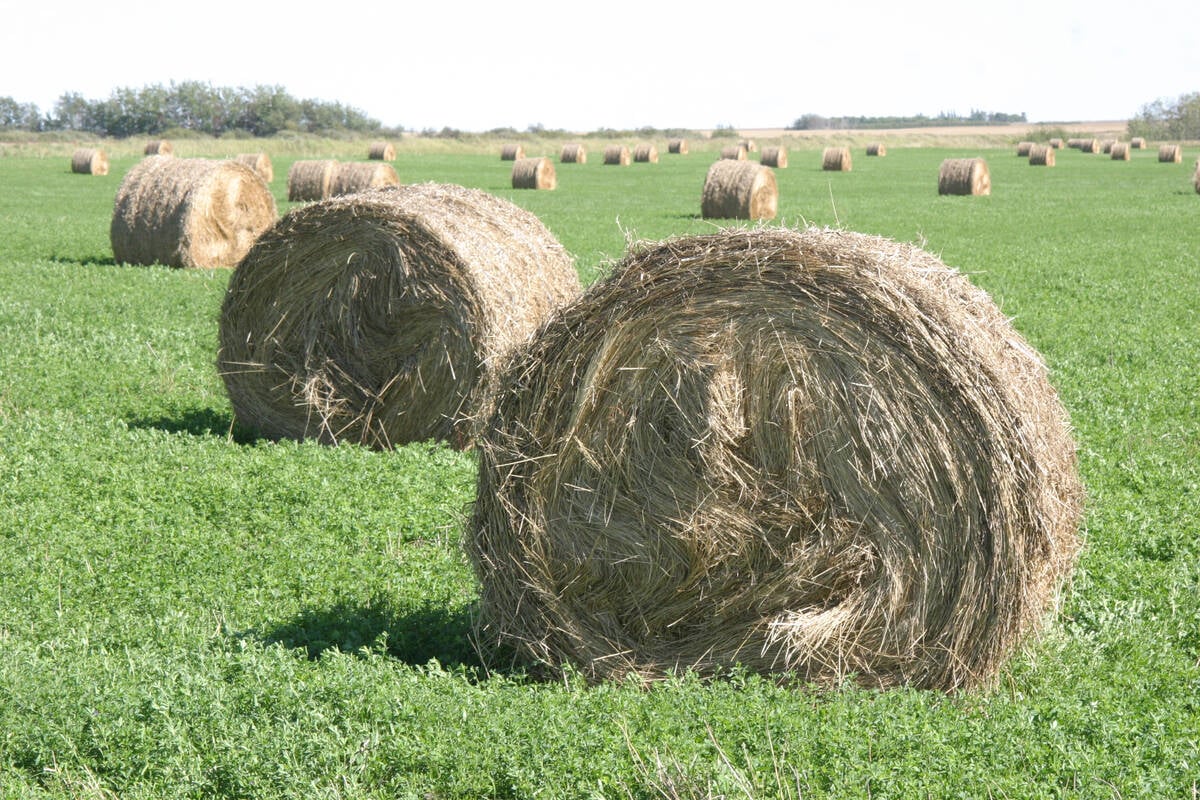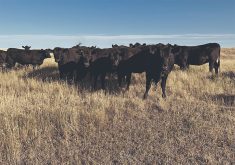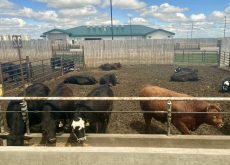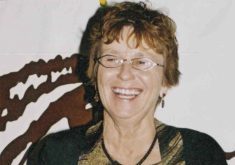MOOSE JAW, Sask. — Cattle producers from southwestern Sask-atchewan say a plan for species-at-risk recovery in the area must not override their need to earn a living.
The South of the Divide multi-species initiative is a federal-provincial project in the Milk River watershed.
Taking a multi-species or ecosystem approach will help more species than focusing on one at a time, Yeen Ten Hwang, chief ecologist in the provincial environment ministry’s science and assessment branch, said during a presentation at the Sask-atchewan Stock Growers Association annual meeting.
Read Also

Breaking down successful winter feeding into six steps
It’s that time of year when it is important to start planning for a cow herd’s winter feeding program. Here are six steps I think are necessary to consider when getting your feed tested.
Twenty-three species at risk are identified in the region, and the initiative deals with 13 that already have recovery strategies.
A draft action plan is expected by September and the final plan by next March. However, implementation has already begun.
Mark Wayland, prairie region supervisor for the Canadian Wildlife Service’s species at risk unit, said some stakeholders said action should start as soon as possible.
Participation by landowners is voluntary.
“But we will be targeting areas that are priorities for conservation, and we’re going to be approaching people to see if they’re interested in volunteering to enter into some sort of mutually beneficial agreement that would allow them to continue to work and do what they do but at the same time maybe enhance to some degree the species at risk value of their land,” he said in an interview.
Hwang said governments do not intend to take a heavy-handed approach. Stewardship agreements with landowners are the ideal.
“We realize that people make a living on the land in this area,” she said.
Several SSGA members expressed their concern about how species are determined to be at risk and why concern lies in grazing areas.
“You’re looking at a room full of environmentalists here,” Mark Elford of Wood Mountain told Wayland and Hwang. “We see environmental issues in these places you cover up in concrete. I wonder where that biodiversity crisis is?”
SSGA president Harold Martens also questioned why agricultural areas are the targets of concern when the city of Regina, for example, built a subdivision in a marsh.
“Is it a balance here?” he said.
“We need a rational approach, but don’t put our livelihoods at risk.”
Elford also asked why the destructive prairie dog is at risk. Ross Beierbach of Maple Creek said the swift fox was successfully re-introduced, but perhaps the declining numbers of sage grouse are a reflection of that.
Wayland said he has heard those concerns and realizes that species at risk have to be seen as assets rather than burdens.
Producers say they should be compensated for the work they do to protect species and habitat.
The federal species at risk act contains a compensation clause but only for “exceptional burdens.”
















